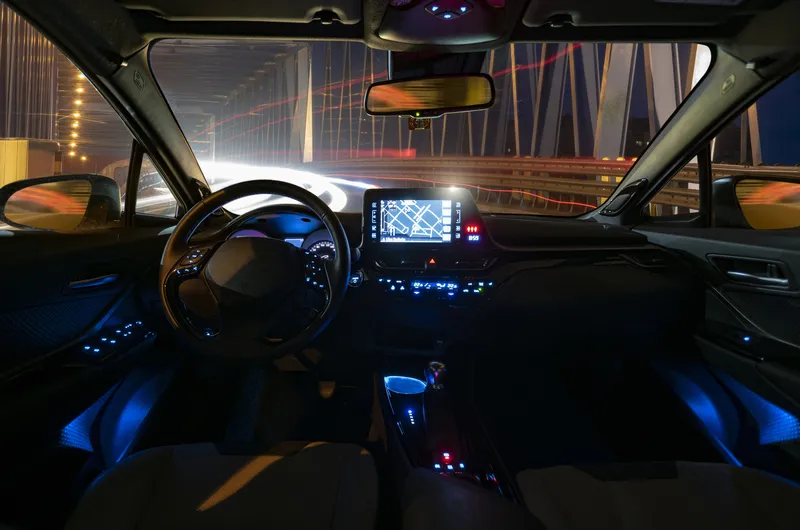Two new reports launched by the
The ITF claims that failing to ensure strong privacy protection in the collection and processing of location data may result in a regulatory backlash against the technology, which could hamper innovation and limit the social and economic benefits the use of such data delivers.
The volume and speeds at which data is generated, processed and stored today will fundamentally alter the transport sector. Location-sensing technologies, which are becoming increasingly universal, are able to precisely locate and track people, vehicles and objects with up to a few centimetres precision.
The combination of data that is deliberately recorded, collected accidentally and generated through crowd-sourcing provides new information and patterns about transport activity and flows. This data can be used beneficially to enhance road safety, but is difficult to anonymise and its collection also creates unique privacy risks.
Data protection policies are lagging behind new modes of data collection and uses, and this is especially true for location data. Regulators and academia are split between two approaches: Retaining prior notification and consent for data collection, or allowing collection of data without user consent while specifying allowable uses.
To avoid unintended consequences, effective protection of location data should be built upfront into technologies, algorithms and processes, using perhaps a ‘privacy by design’ that would enable users to control the rights regarding their data.
The ITF is also concerned about the regulations, safety and legacy risks of automated vehicles.
It says that major car manufacturers and several technology firms have announced the commercial production of highly automated vehicles starting in 2017. Many observers expect a wide range of models on the market by 2030. It is currently unclear to what extent these will be capable of self-driving in all circumstances.
A potential benefit of more automated driving is improved road safety, as most crashes involve human error. However, 99.9 per cent of driving by humans involves no crashes. The test for autonomous cars will be how well they can replicate the crash-free performance of human drivers. Results from early prototypes are promising, but new types of crashes may emerge, for example, during hand-over of control.
Autonomous driving may involve different technological configurations. Some rely on greater connectivity between cars and between cars and infrastructure, involving the development of common communication protocols and investment in new f infrastructure, while others rely on vehicle-mounted sensors and require little infrastructure investment.
Full automation can be reached via two development paths: by traditional car manufacturers gradually improving automation in conventional vehicles, enabling humans to shift more of the driving tasks to these systems; or by introducing cars without a human driver in limited contexts, such as particular routes and low-speed operations, and then gradually expanding use.
Many jurisdictions have passed or are considering rules to enable the testing, licensing and operation of autonomous vehicle prototypes, but no evidence is available of authorities developing regulatory approaches for such vehicles in the context of actual use cases or business models that could result from large-scale deployment of highly autonomous vehicles, such as the provision of quasi-public transport or taxi-like operations.
The uncertainty about the path vehicle automation will take will surely complicate the regulatory task, although some regulatory flexibility seems desirable - for instance allowing restricted uses, such as low speed urban operation or motorway platooning, before implementing a blanket set of rules.
Changes in the insurance regime will also be needed if the driving task is incrementally shifted from humans to machines, as liability remains an important barrier for the manufacturers of autonomous vehicles.
The ITF is calling on regulators and developers to actively plan to minimise legacy risks, claiming that the first generations of automated cars will still be on roads years after they have become outdated. Both regulators and developers should limit the physical risk presented by legacy vehicles - through monitoring, over-the-air updates and even virtual recalls. Designing vehicles for future system upgrades, such as the addition of sensors, may also help reduce legacy risks.
Big data and self-driving cars: New studies from ITF
Two new reports launched by the International Transport Forum (ITF) during the Annual Summit of Transport Ministers in Leipzig, Germany, highlight issues for the transport sector: the use of big data and the trend towards automated cars. The ITF claims that failing to ensure strong privacy protection in the collection and processing of location data may result in a regulatory backlash against the technology, which could hamper innovation and limit the social and economic benefits the use of such data delive
May 29, 2015
Read time: 4 mins










